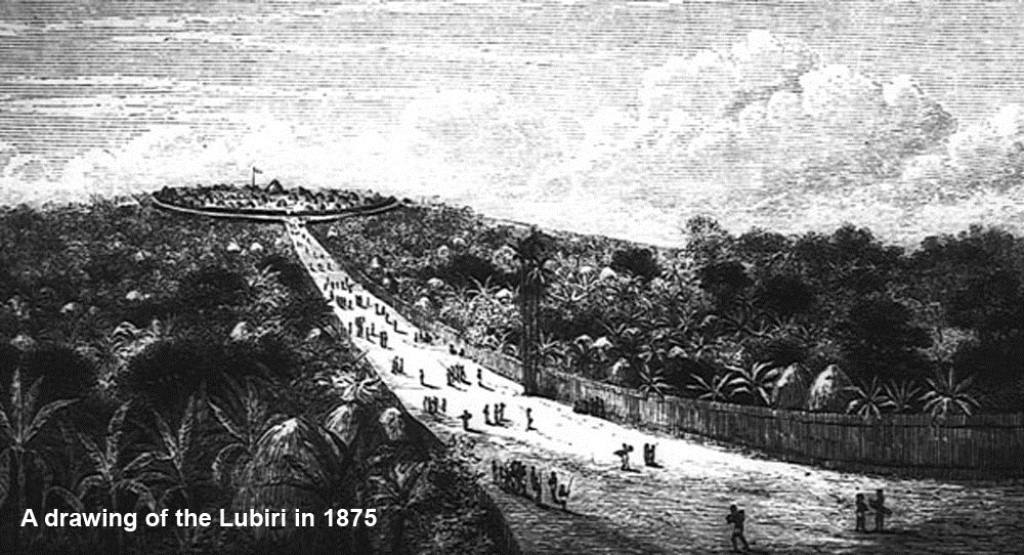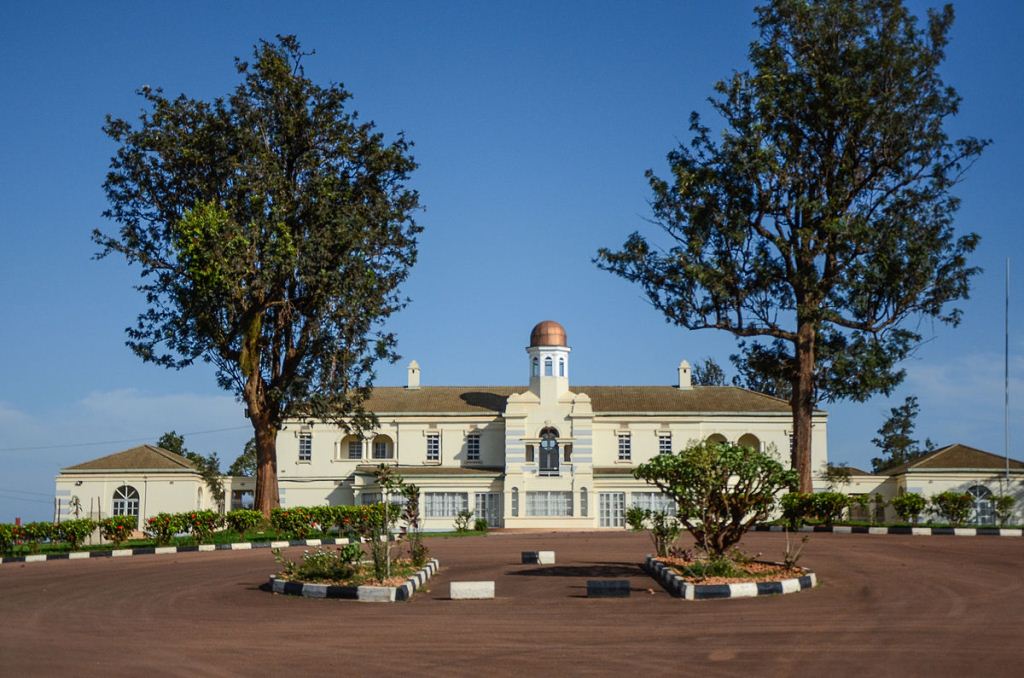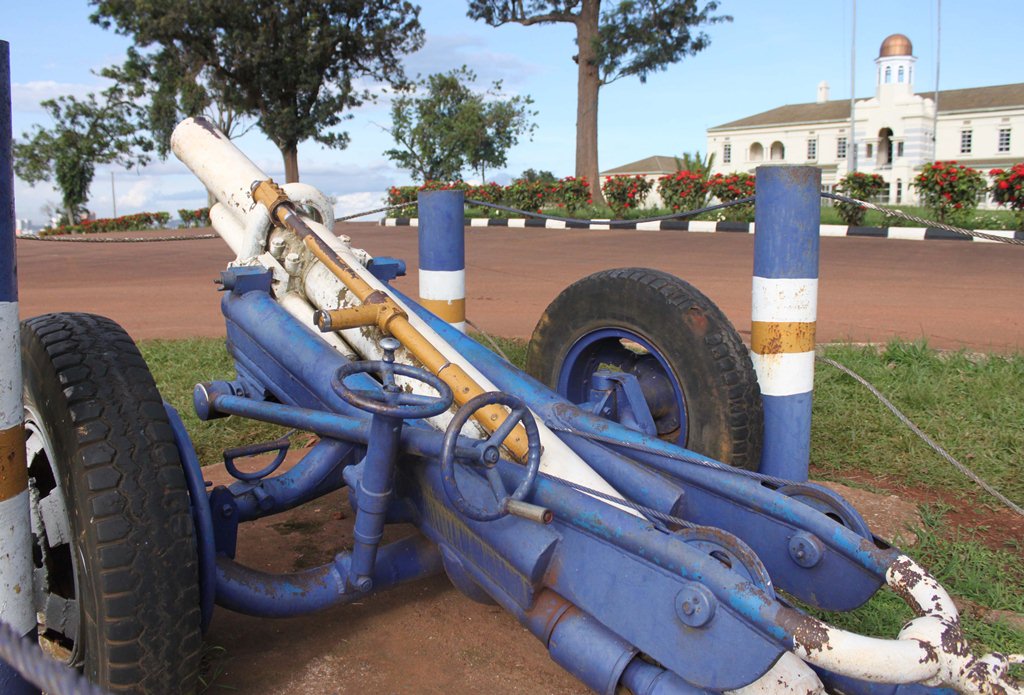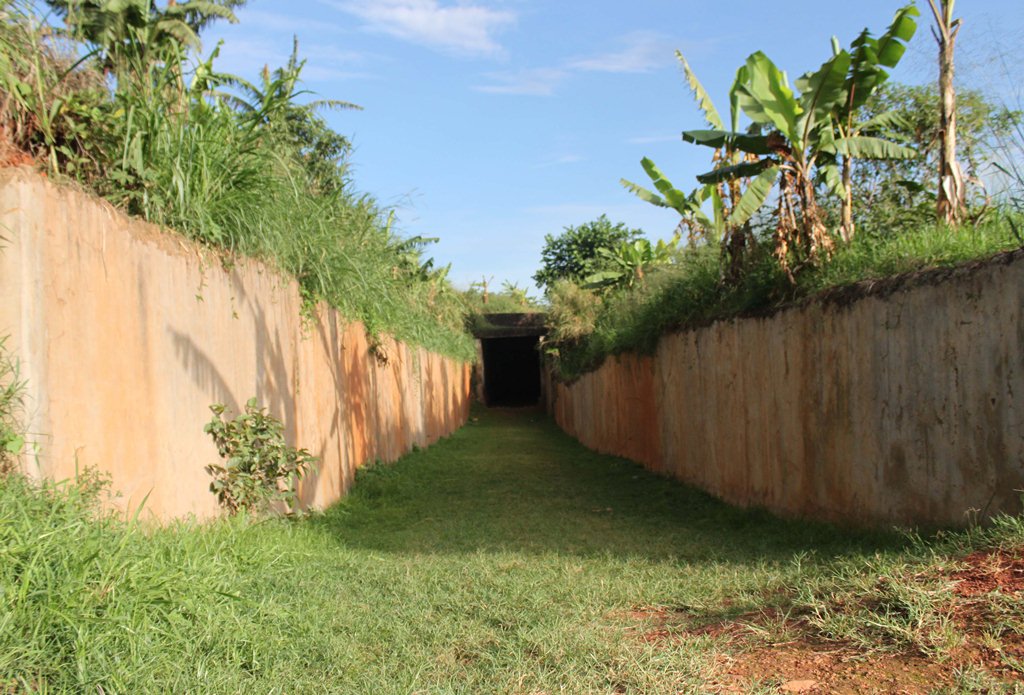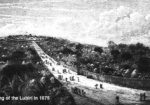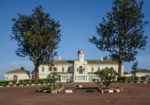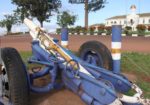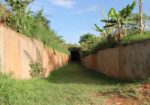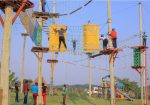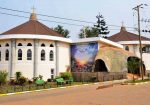Kabaka’s Mengo Olubiri (Palace) is the official residence of the King of Buganda. In Buganda, it was customary for a new king to choose a hill where he would build a new palace. This palace would become the new capital of the Kingdom and the King was free to rename the place as he so wishes.
Mengo palace covers a very wide area and it`s covered with an extensive fence around it. It was constructed by Ssekabaka Mwanga11 in 1885. When he took over the throne in 1884 at the age of 18, he first put his palace at Masaja. While at Masaja, Mwanga thought of shifting his palace to another palace. He had always admired Nkaawo hill on which members of the Nvubu clan kept their grinding stones (Emmengo). These grinding stones were used to grind herbal medicine. Mwanga decided to construct his palace at Nkaawo hill and the grinding stones were shifted. It`s from these grinding stones (Emmengo) that the name Mengo was adopted.
The palace became Mengo Palace and the hill became Mengo hill. When the palace was complete, it caught fire which destroyed all the important documents for the Kingdom. This scared the King so much that he ran away from the Lubiri and took hostage with the Roman Catholic Missionaries at Nalukolongo. He later left the Missionaries and went to live with Mukasa who was Katikiiro to his father Ssekabaka Muteesa II; While at Mukasa`s place, lightning struck and destroyed everything at Mukasa`s home towards February 1886. The Kabaka ran away from Mukasa`s home and went to Munyonyo where he put up another palace at Mulungu hill near Lake Victoria.
In this palace there is the Kabaka`s official house called Twekobe.
In 1966 the then Prime Minister of Uganda Milton Obote ordered a dramatic attack to oust Kabaka Mutesa II by the forces of Idi Amin, soldiers stormed the palace and, after several days of fighting, Mutesa was forced to flee and live in exile in the UK.
The building was duly converted to army barracks, while an adjacent site became a notorious underground prison and torture-execution chamber built by Idi Amin in the 1970s. This site, a dark concrete tunnel with numerous dark, damp cells, which were separated by an electrified passage of water to prevent escape, also original charcoal messages written by former prisoners on the walls: one reads ‘Obote, you have killed me, but what about my children!’ On the grounds are also the scrap metal remains of Mutesa’s Rolls Royce destroyed by Idi Amin.

